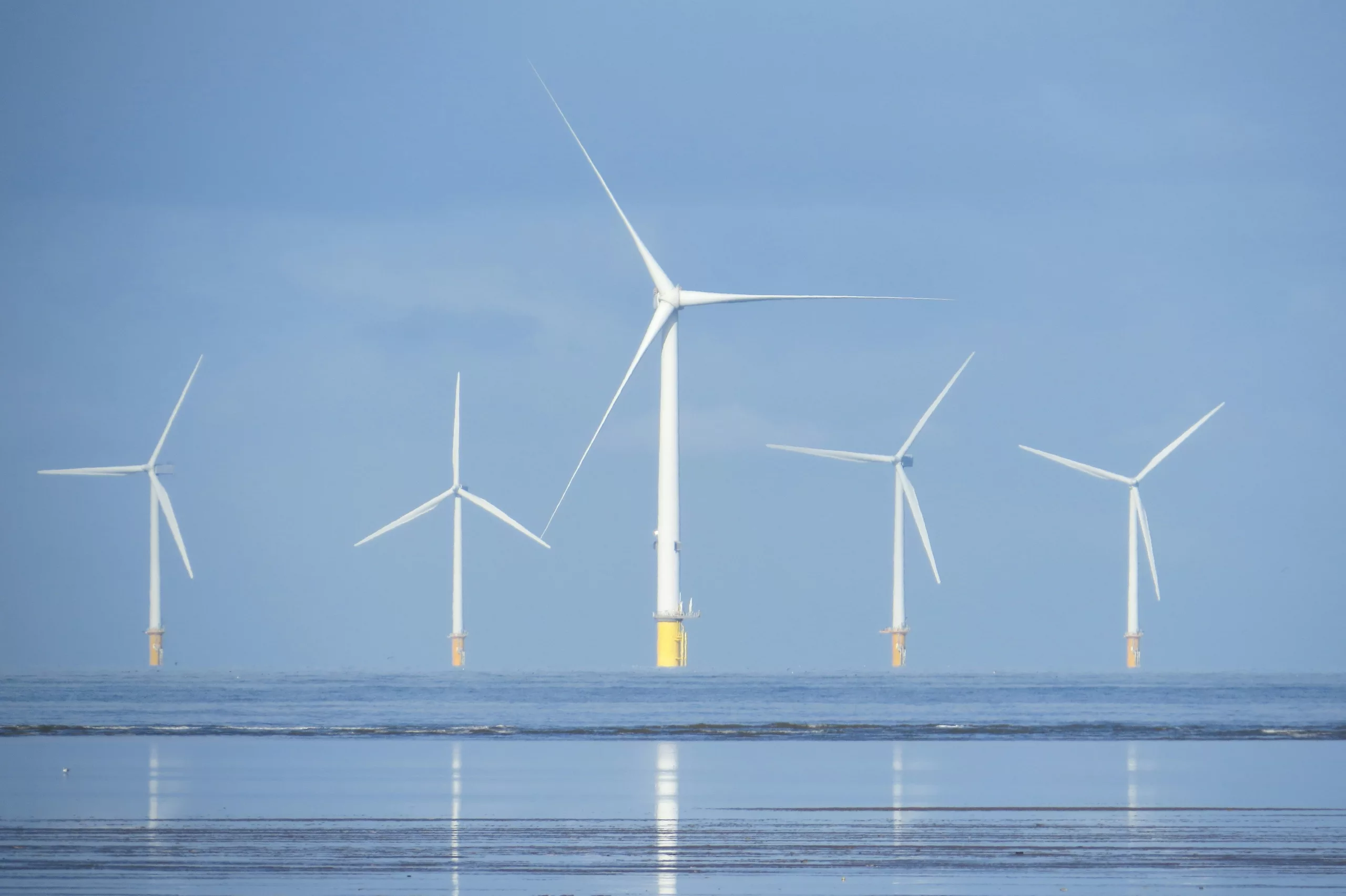Alaska’s vast waters hold a key for a greener future, as National Renewable Energy Laboratory (NREL) researchers shine a light on the untapped potential of offshore renewable energy sources for the state’s energy security and carbon footprint reduction.
Unlocking Ocean Energy Opportunities
“Feasibility Study for Renewable Energy Technologies in Alaska Offshore Waters“ is a detailed report commissioned by the Bureau of Ocean Energy Management (BOEM), exploring the practicality of diverse ocean energy ventures. The study casts a net over federal as well as state waters, capturing a spectrum of renewables—from wind to the ebb and flow of tides.
Offshore Wind: A Beacon for Alaska’s Energy Independence
Senior project leader at NREL and report co-author, Elise DeGeorge, emphasizes the potential of offshore wind development. This renewable source stands out as a prime contender, especially near Alaska’s densely inhabited regions. DeGeorge also stresses the importance of fair and just practices in the transition toward ocean-based energy production.
Givey Kochanowski, BOEM’s Alaska OCS Region director, echoes the sentiment, pointing to locations such as Cook Inlet near Anchorage, rich with wind and tidal energy prospects. BOEM is eager to facilitate ventures aimed at harnessing these renewable sources.
A Glimpse Inside the Extensive Analysis
The comprehensive 131-page report, penned by 11 experts from diverse fields, proposes that BOEM’s Alaska office spearheads pilot studies or research initiatives to showcase ocean energy’s viability.
Alaska’s Outer Continental Shelf boasts a staggering 3,800 gigawatts capacity from wind, wave, and tidal sources. Yet, logistical hurdles, like remote user locations and ecological considerations, suggest only a modest portion is ripe for development. Currently, renewable sources like hydropower fuel roughly 30% of Alaska’s electricity. The remainder largely depends on pricey, diesel-generated power due to transportation costs in isolated villages.
Case Studies and Alternative Renewable Solutions
Researchers delved into an array of oceanic energy resources across Alaska, ideating utility-scale project simulations. Beyond the traditional wind and water sources, they envision the manufacture of clean hydrogen as a future pathway to energize local needs and even feed an external market.
The majority of Alaskans reside in the Railbelt zone—a swath of southcentral Alaska, which is also home to most of the state’s power generation, predominantly from natural gas. Over 200 distinct grids energize the remote outposts beyond this region.
Cost Effectiveness of Ocean Energy
An examination into the levelized cost of electricity (LCOE) for offshore wind and tidal sources was conducted, although wave energy LCOE estimations were omitted due to its anticipated longer voyage to market maturity. Report scenarios imagined 1-gigawatt offshore wind farms and a 65-megawatt tidal device array. For offshore winds further from the Railbelt, the production of clean hydrogen was factored into LCOE projections to offset development charges. The most promising finding was an $83 per megawatt-hour LCOE for fixed-bottom turbines in Lower Cook Inlet.
Despite the grand rise and fall of Cook Inlet’s tides pumping immense water volumes, the tidal energy’s LCOE was still greater than that of offshore wind, marked at $280 per megawatt-hour. Collaborations between NREL and the Alaska Center for Energy and Power are honing a roadmap for tidal energy projects in this region.
Future Steps for BOEM and Ocean Renewables
In its closing chapters, the NREL report encourages BOEM to stay actively engaged with groups centering on tidal energy’s advancement and the burgeoning sector of clean hydrogen.
Alaska’s journey towards an offshore renewable future is charted with promising yet unexplored territories. The NREL report charts a course toward a greener, more self-reliant Alaska, harnessing the perennial powers of wind, wave, and tide.
